We Asked an AI to Describe Artificial Intelligence

ChatGPT is an artificial intelligence tool for use in conversational AI applications using neural networks. It generates human-like responses, sometimes with uncanny accuracy. So, why not ask artificial intelligence to self-describe? We fed the AI some article headings and let it do the rest. The result is an amazing deep-dive into this emerging technology.
What is AI?
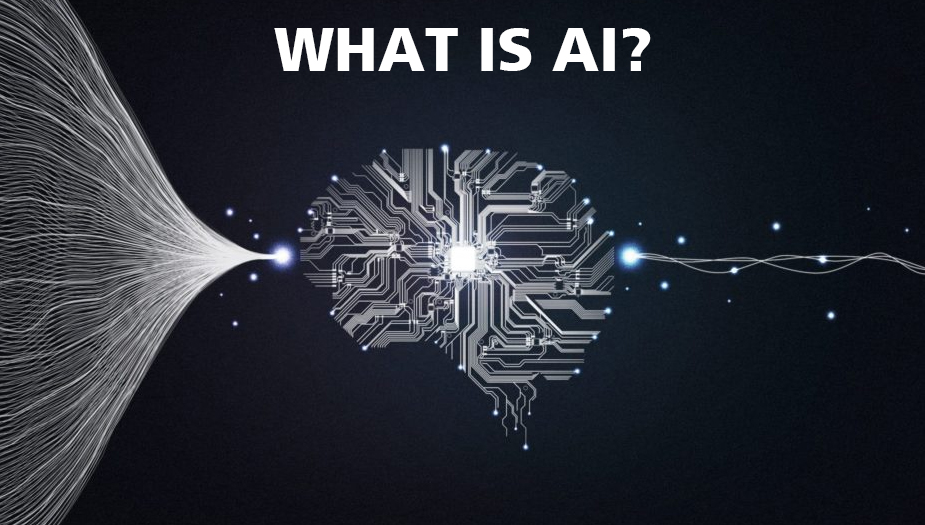
Artificial intelligence (AI) is a branch of computer science that deals with creating machines or software. It can perform tasks that typically require human intelligence, such as visual perception, speech recognition, and decision-making. It can even create sophisticated music and mindful models. The goal of AI research is to create systems that can perform tasks that would normally require human intelligence. This is understanding natural language or recognizing objects in images. There are two main types of AI: weak AI, which performs a specific task. There is strong AI, which is has general intelligence. It has the ability to perform any intellectual task that a human can. Applications of AI include self-driving cars, medical diagnosis, and playing chess.
AI Models
AI models are algorithms or systems that simulate or replicate the behavior of the human brain. It does this in order to perform tasks that require human intelligence. This might sound scary and prompt you to question AI. There are several types of AI models, including:
- Supervised Learning: This type of model has a labeled dataset, where the correct output is provided for each input. It then uses this information to make predictions on new, unseen data.
- Unsupervised Learning: This type of model has an unlabeled dataset, where the correct output is not provided. It identifies patterns and structure in the data.
- Reinforcement Learning: This type of model learns by interacting with its environment and receiving rewards or penalties for certain actions.
- Deep Learning: This type of model is a subset of machine learning with inspiration by the structure and function of the human brain.
- Generative Model: This type of model generates new data that is similar to the training data.
Each model has its own strengths and weaknesses, and the choice of model depends on the specific task and data that is available.
AI Usage
Artificial intelligence (AI) has uses in a wide range of industries and applications to automate tasks, improve efficiency, and provide new insights. It is even taking over some creative tasks, like music production and mindfulness. Some examples of the usage of AI include:
- Healthcare: AI uses in medical imaging, diagnostics, and treatment planning to improve the accuracy and speed of diagnoses.
- Automotive: AI uses in self-driving cars to navigate and make decisions on the road.
- Retail: AI uses in e-commerce to personalize recommendations, improve customer service, and optimize inventory management.
- Finance: AI uses in fraud detection and risk management to improve the speed and accuracy of identifying potential threats.
- Manufacturing: AI uses in robotics and automation to improve the efficiency of production lines and reduce the risk of human error.
- Agriculture: AI uses to forecast crop yields, monitor crop health, and optimize irrigation.
- Robotics: AI uses to make robots more autonomous and capable of performing complex tasks.
- Gaming: AI uses to create more realistic and challenging opponents for players.
Overall, AI has the potential to improve many aspects of our lives, including healthcare, transportation, and financial services.
What is a Neural Network?
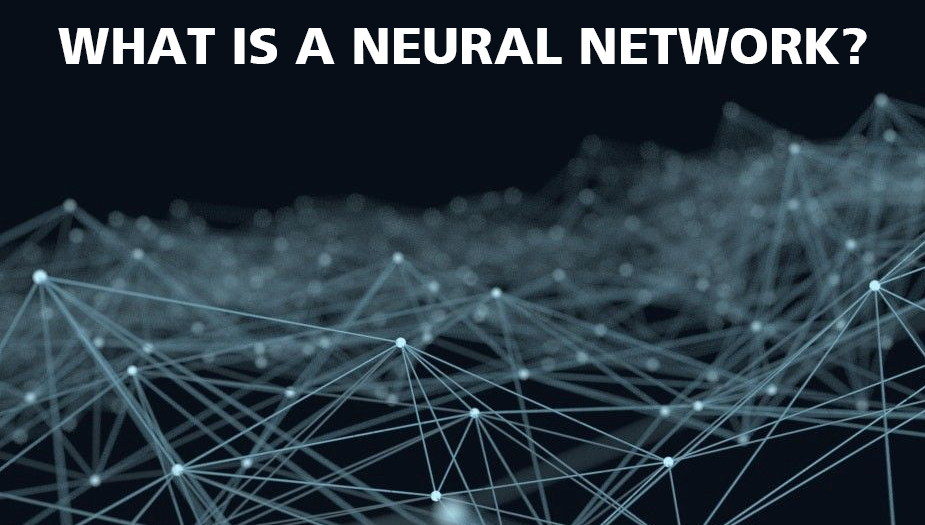
A neural network is a type of machine learning model with inspiration by the structure and function of the human brain. It consists of layers of interconnected “neurons,” which process and transmit information. Each neuron receives input from other neurons, performs a simple computation on that input, and sends the result to other neurons in the next layer. The layers of neurons extract increasingly complex features of the input data.
Training of a neural network happens by adjusting the parameters (also known as weights) of the neurons in each layer, This is to minimize the difference between the predicted output and the true output.
There are several types of neural networks, including feedforward neural networks, recurrent neural networks, and convolutional neural networks. Each type of neural network suits different types of tasks and data. For example, feedforward neural networks are for tasks such as image recognition, while recurrent neural networks are for tasks such as language processing.
Neural networks achieve state-of-the-art results in a wide range of tasks, such as image and speech recognition, natural language processing, and game playing.
Transformer Architecture
The Transformer architecture is a neural network architecture for natural language processing tasks such as machine translation, text summarization, and language modeling. The introduction is in the paper “Attention Is All You Need” by Google researchers in 2017.
The key feature of the Transformer architecture is the use of self-attention mechanism, which allows the model to weigh the importance of different parts of the input while processing it. This is in contrast to previous architectures such as recurrent neural networks (RNNs) and convolutional neural networks (CNNs) which process the input sequentially and locally.
The Transformer architecture consists of an encoder and a decoder, both of which consist of multiple layers of attention and forward layers. The encoder takes in the input sequence and generates a set of hidden representations, while the decoder takes in the hidden representations and generates the output sequence. This architecture is particularly useful for dealing with long input sequences as it is able to process all parts of the sequence together.
The Transformer architecture is very popular in natural language processing tasks and is in several state-of-the-art models such as BERT and GPT-2, T5 and GPT-3. These models have achieved very good performance in a wide range of natural language understanding tasks.
Processing Nodes
Processing nodes are the individual components of a distributed computing system that work together to perform a specific task or set of tasks. They can be physical machines, virtual machines, or containers that connect to a network and can communicate with one another. Each processing node typically has its own memory, storage, and CPU resources, and can run its own instance of an operating system and software. In a distributed system, processing nodes are responsible for executing specific tasks, such as data processing, machine learning, or database operations. We cover ChatGPT and others shortly. They work together to perform a larger task or process, such as analyzing large datasets or training a machine learning model. By distributing the workload across multiple processing nodes, a distributed computing system can achieve greater performance and scalability than a single-node system.
What is ChatGPT?
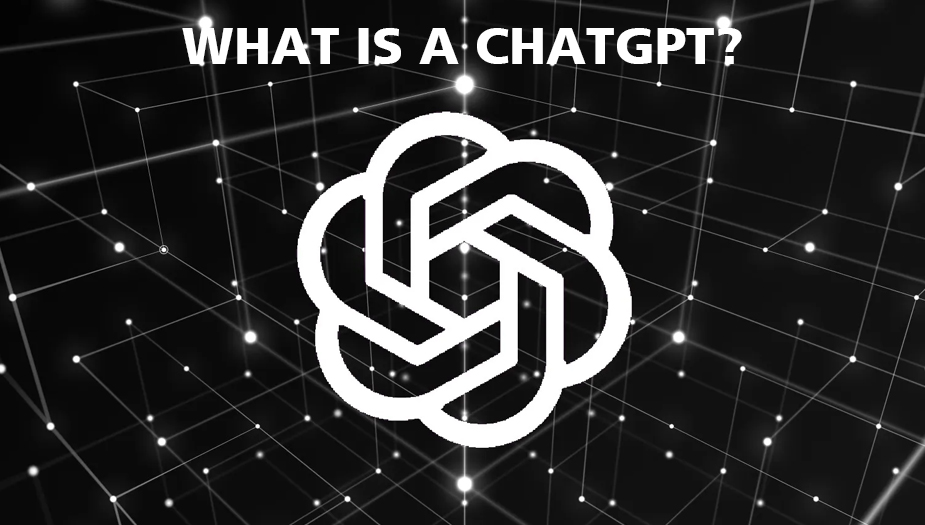
ChatGPT is a large language model by OpenAI. It uses a type of neural network called a transformer to generate human-like text. The model trains on a diverse range of internet text, allowing it to generate a wide variety of responses to different prompts. ChatGPT trains on specific tasks, such as language translation, question answering, and text summarization. It can also generate creative text, such as poetry and fiction. ChatGPT is part of the GPT (Generative Pre-training Transformer) family of models, which have set state-of-the-art performance on a wide range of natural language processing tasks. ChatGPT is on OpenAI’s API, which allows developers to easily integrate the model into their applications.
Natural Language Processing
Natural Language Processing (NLP) is a field of Artificial Intelligence (AI) and computer science that focuses on the interaction between computers and humans in natural language. You may have heard of ChatGPT. It involves the use of algorithms and statistical models to process, understand, and generate human language. NLP tasks include language translation, speech recognition, sentiment analysis, text summarization, and question answering. Some NLP systems can also generate natural language text, such as chatbots and language-based AI assistants. NLP is a challenging field as human language is complex and nuanced, and it is constantly evolving. The goal of NLP is to create systems that can understand and respond to human language as accurately and naturally as possible. NLP is in a wide range of applications such as search engines, voice assistants, customer service chatbots and many more.
OpenAI
OpenAI is a research company that aims to promote and develop friendly AI in a responsible way. Founded in 2015 by Elon Musk, Sam Altman, Greg Brockman, Ilya Sutskever, and Wojciech Zaremba. It is a non-profit organization which works on developing and promoting friendly AI through its research and open-source projects. The company has a number of influential AI models, including GPT-3, a state-of-the-art language model. ChatGPT is also at OpenAI. There are also a number of other models focused on computer vision, robotics, and other areas. OpenAI also offers a number of services and products, such as the OpenAI API, which allows developers to easily integrate its models into their applications. The company’s goal is to ensure that AI develops in a way that is safe and beneficial for humanity, and it actively engages in research and discussions around the ethics and governance of AI.
Future of Artificial Intelligence
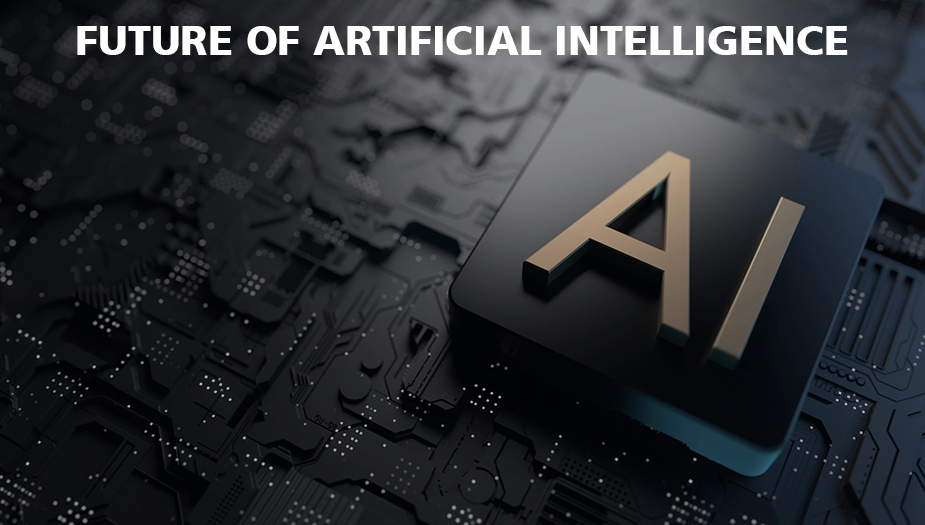
The future of Artificial Intelligence (AI) may bring significant advancements and changes across various industries. It could have a major impact on the way we work and live. Advancements in machine learning and deep learning will enable AI to perform tasks that currently require human intelligence. This may be decision making, problem solving, and natural language understanding. In the future, AI may become even more integrated into our daily lives. This could be through applications such as personal assistants, self-driving cars, and smart homes. Additionally, AI might play a key role in areas such as healthcare, finance, and manufacturing. Here, it may improve efficiency and decision-making. It may also create new job opportunities and bring about economic growth. However, it is important to consider the ethical implications of AI. We must develop ways to ensure that it is for the benefit of humanity.
Current Toolset
The current AI toolset includes a variety of algorithms, models, and technologies that are to develop AI applications. Some of the most widely used tools include:
- Machine learning: a method of training models using data to make predictions or decisions.
- Deep learning: a subfield of machine learning that uses neural networks with multiple layers to improve the accuracy of predictions.
- Natural Language Processing (NLP): a set of techniques for processing and understanding human language. Example: ChatGPT
- Computer Vision: a field of AI that deals with analyzing and understanding visual data from the world, such as images and videos.
- Robotics: a field of AI that deals with the design, construction, and operation of robots.
- Reinforcement Learning: a type of machine learning that involves training models through trial and error.
- Generative models: models that are able to generate new data, such as images, text, and music.
- Decision Trees, Random Forest, Naive Bayes, Gradient Boosting, XGBoost, Light GBM, Catboost, Neural Networks, etc are some of the most popular AI models.
These tools are for a wide range of applications, such as image and speech recognition, autonomous vehicles, and language-based AI assistants.
Additional Information
Artificial Intelligence (AI) is a broad field that encompasses a range of technologies and techniques. It is for creating intelligent machines that can perform tasks that normally require human intelligence. AI systems can be classified as rule based, which rely on a set of predefined rules to make decisions. They can also be classified as learning-based, which use data and algorithms to improve their performance over time. There are also different types of learning-based AI systems, such as supervised, unsupervised, and reinforcement learning. Supervised learning is a method of training models using labeled data. Unsupervised learning is a method of training models using unlabeled data. Reinforcement learning is a method of training models through trial and error. AI is in various industries such as healthcare, finance, transportation, and manufacturing, where it may improve efficiency, safety, and decision making.

Artificial Intelligence (AI) is a field that involves the development of intelligent machines that can perform tasks that typically require human intelligence. It is a rapidly growing field with potential to revolutionize various industries and improve our daily lives. However, it is important to consider its ethical implications and ensure that development and usage is responsible.
UP NEXT: A MUSIC VIDEO CREATED BY AN AI
TO ALL OUR READERS, today we humbly ask you to help our little blog. For over ten years now, BinauralBlog.com has been producing fantastic mindfulness articles. We do not beg for donations, use any intrusive popups, sell any form of user data, or fill our content with ads. How do we sustain ourselves? We need shares, plain and simple. The time has come for us to make a simple request. Please, if you enjoyed this article and want us to keep producing content - use any (or all) of the CIRCULAR SHARE BUTTONS ABOVE to help support our little blog. Thank you from the Binaural Blog, Founder & Team

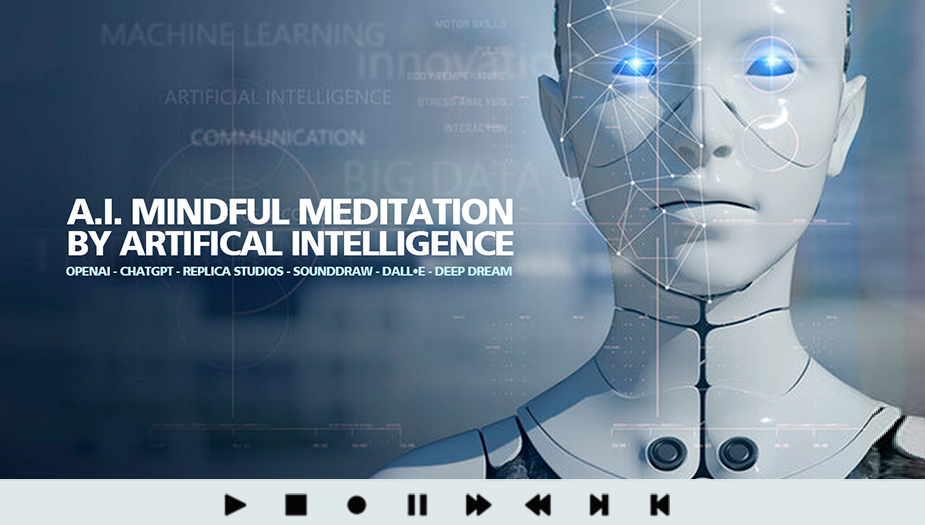



AI is a powerful tool with the potential to revolutionize various industries and improve our daily lives. It’s important to consider its ethical implications and ensure that it is developed and used responsibly.
A game changer in the tech world, the potential for its application in various industries is immense, and it’s exciting to see its advancements in areas such as healthcare and self-driving cars.
Artificial intelligence is a disruptive technology with enormous potential but also requires responsible development and use to benefit humanity.
The abuse of ChatGPT can occur when the model is used to generate harmful or malicious content such as fake news, hate speech, or disinformation. It can also be used to impersonate individuals or organizations, or to automate the creation of spam or phishing messages. It is important to have guidelines and regulations in place to prevent such misuse of the model.
AI can be perceived as scary by some because of its ability to perform tasks that previously required human intelligence and its potential to change the world in a big way. The fear may also come from the unknown consequences of its development and use, if not regulated properly.
Let’s not go crazy.AI is not alive in the traditional sense, it is a system of algorithms and programs that simulate intelligence. It does not have consciousness, emotions or self-awareness.
Very interesting it actually did a better writing job than many pro writers I work with.
Very interesting. I played around with ChatGPT for a few minutes, but amazed at how well it did writing an entire article. Will it be writing full books soon? Can someone let me know if it is even capable of that?
Has to be one of the more interesting ChatGPT experiments I have seen. Good job.
I will definitely keep this website in mind and visit it regularly to stay updated. The feeling of stumbling upon such valuable content is truly uncanny, and I’m grateful for this discovery.